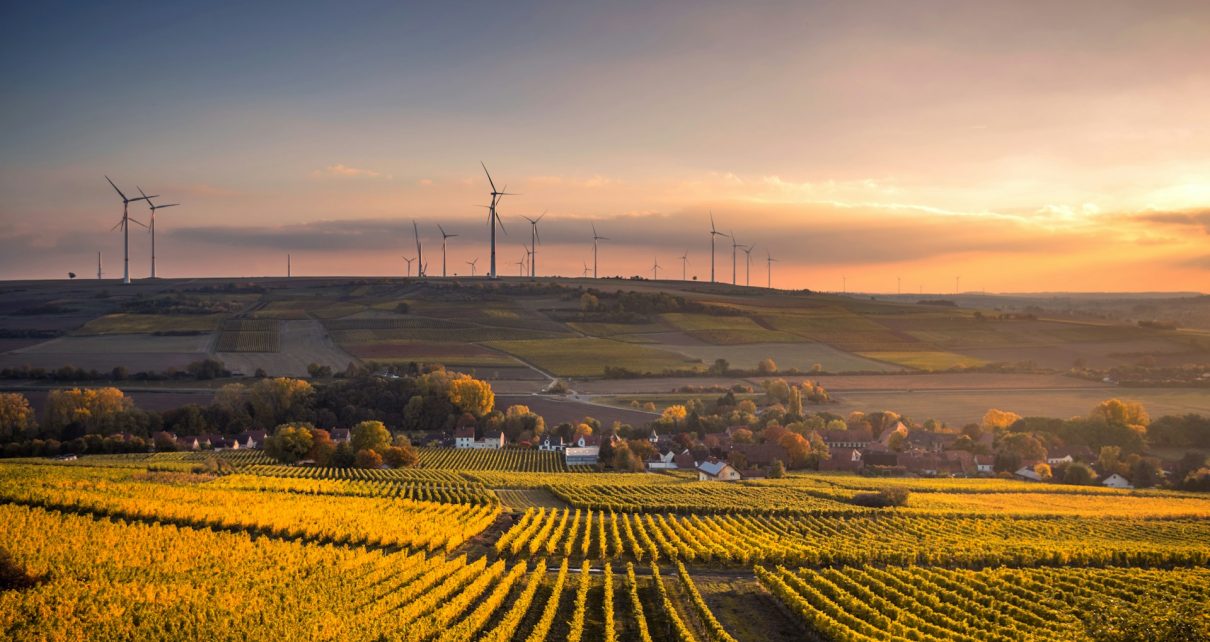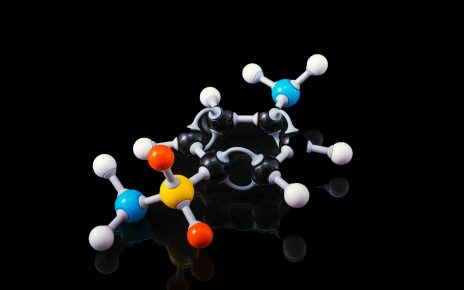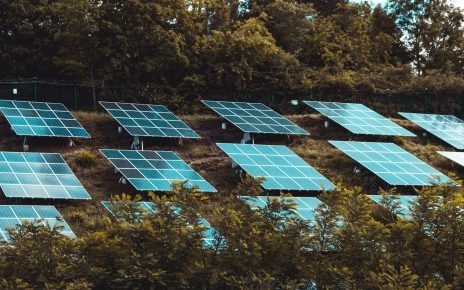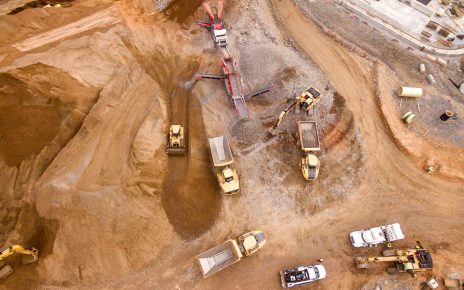Innovative Photovoltaic Concepts to Harmonize Power Generation with Agriculture and Conservation
Europe’s largest contiguous solar park stands as a testament to the integration of energy production, agriculture, and nature conservation. In the area of a former lignite mine south of Leipzig, the project developer and operator Move On Energy has installed more than one million photovoltaic modules with a total capacity of 605 megawatts. Since April, the new Witznitz Energy Park has been operational, functioning without state subsidies. The investor behind this initiative is a company associated with the insurer Signal Iduna.
The facility covers approximately 500 hectares, equivalent to about 700 football fields. Of these, 150 hectares are dedicated to compensatory areas adjacent to and between the photovoltaic fields. Move On aims to create ecologically valuable spaces with flower strips, stone and deadwood piles, and hedges stretching over 20 kilometers.
A significant portion of these features has already been established. Currently, various bird species and mammals inhabit the area, according to Wolfgang Pielmaier, Technical Director and Co-Partner at Move On. The Saxon company also receives guidance from organizations like Nabu and BUND.
The collaboration between the solar industry and conservation advocates is expected to intensify. This is in line with Germany’s Renewable Energy Act, which envisions the development of large-scale solar parks across the country. Presently, about 90 gigawatts of photovoltaic capacity are online. By 2030, this figure is projected to reach 215 gigawatts, and by 2040, it could soar to 400 gigawatts.



